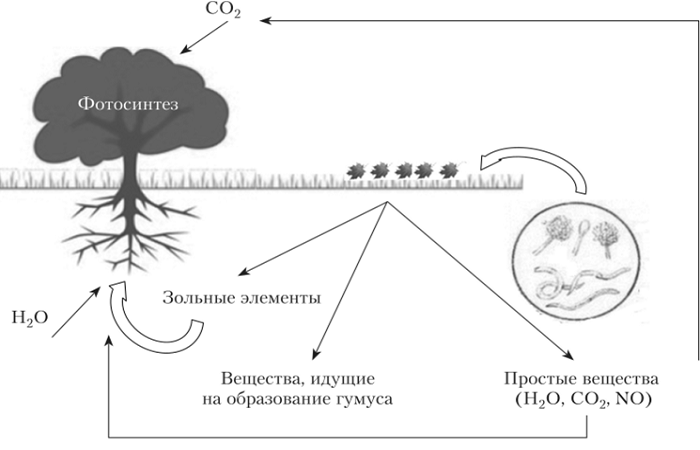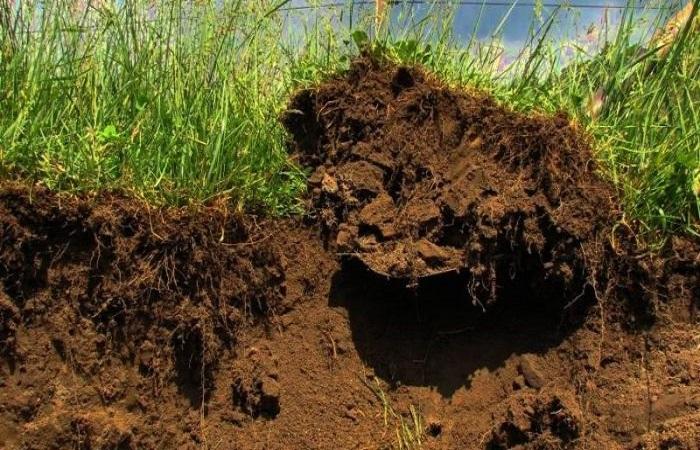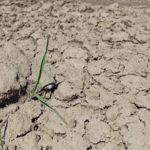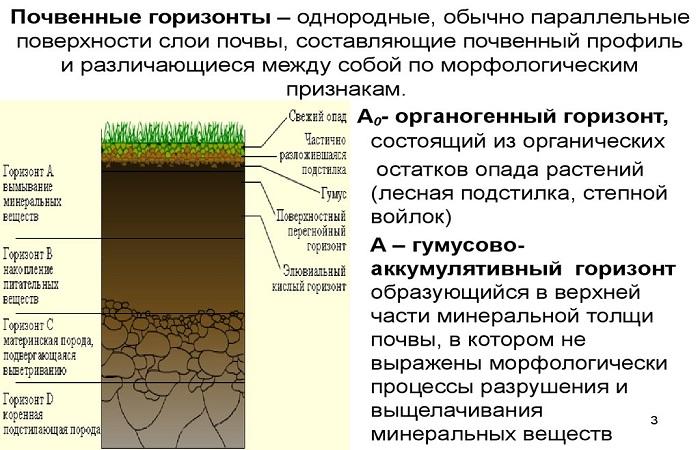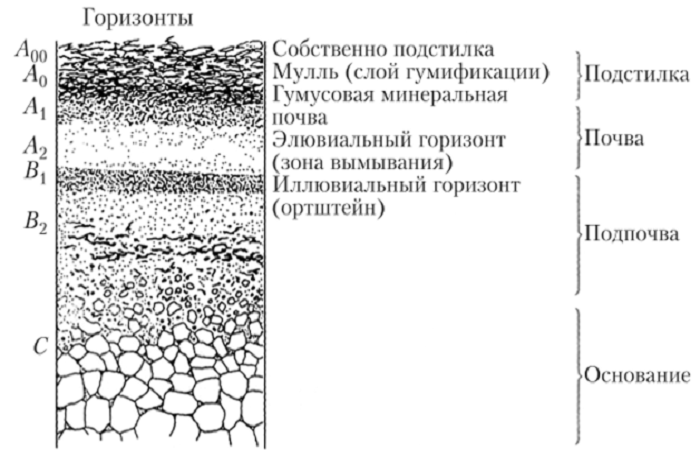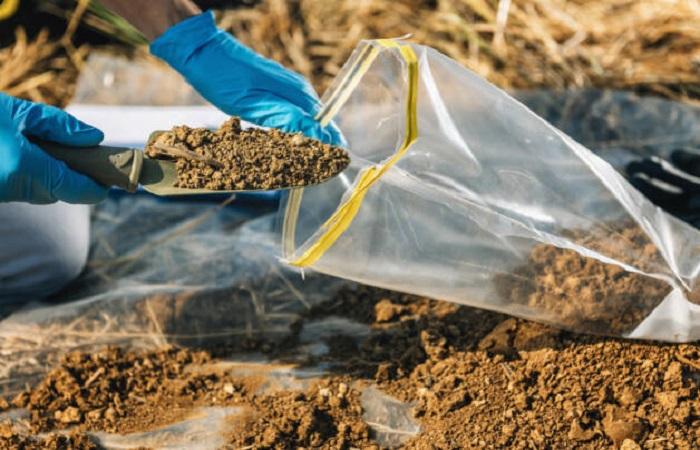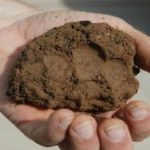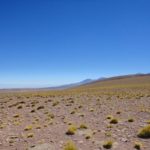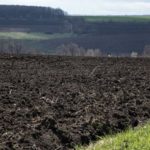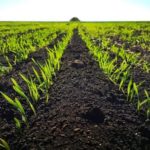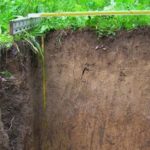Any soil, regardless of its location, has a certain structure. There are several main layers of soil, each of which is characterized by its own characteristics. They have a complex chemical composition. To assess the fertility and structure of the soil, it is recommended to examine in detail the distinctive features of each layer.
The process of soil formation: why is fertility different everywhere?
The formation of soils on Earth went through several stages.Initially, the rocks were destroyed. This happened under the influence of temperature fluctuations, water and wind. Small rocks formed primary minerals in which organic matter settled.
The first settlers included mosses and lichens. Also included in this category were microorganisms. As a result of their vital activity, the structure of the soil changed, and it became suitable for the development of higher plants.
The next stage of soil formation depended on the climate - temperature parameters, humidity. The more favorable the conditions were, the faster and easier the subsequent process was. It's no secret that soils form faster in the south than in the north.
What is the top layer of soil called?
Soils have different layers that differ in structure. They are called horizons. The surface fertile layer is called humus. The fertility of the soil depends on its thickness and composition. Improper use of soils and violation of agricultural practices provokes the destruction of the humus layer, which leads to erosive processes and negatively affects the structure of the soil.
The composition of surface soil components depends on the work of living organisms. The remains of plants and animals act as their living environment. In this case, the top layer includes several horizons:
- Mulching – contains plant and animal remains. These include grass, insects and other small organisms. This layer protects seeds and pre-root fragments of plants.
- Vermicompost - the thickness of this layer is 20 centimeters.The horizon contains organic masses. They consist of vegetation and animals that are processed by worms and insects. This layer contains a maximum of nutrients and minerals.
- Mineral – considered a true source of minerals for plants with deep roots. The horizon is formed over several years. During this time, mineral elements accumulate in it, which remain after prolonged transformations of organic and inorganic matter.
- Humus - ensures special biosynthesis processes. Thanks to chemical reactions, the humus horizon is filled with flammable gases. They act as sources of heat and energy.
Soil structure in section
To determine the type of soil and its structure, it is necessary to study its layers in order. The composition of the layers is always visible on the soil section. To do this, you can use ready-made ditches and holes or make a rectangular depression yourself.
Organogenic horizons
An organic horizon is a soil surface whose nutrient content exceeds 30%. These include litter-peat, peat, humus, and euphorphonic-peat layers. The listed layers can reach a thickness of up to 50 centimeters.
Eluvial
These layers are characterized by a light color and light granulometric composition. They are located under the humus layer. Eluvial layers are formed under the influence of soil processes. They are podzolic, humus-eluvial, eluvial-metamorphic, subeluvial.
The listed elements are usually distinguished by a white or gray color. Their thickness reaches 20-25 centimeters. The lower elements of these layers do not have a clear structure. They abruptly move into the next layer.
Illuvial
This soil horizon has a fairly dense structure. Compaction occurs due to the leaching of various substances from the upper layers of soil into the structure. The horizon contains a large number of colloidal elements and sesquioxides of aluminum and iron. They are considered highly toxic to plants. The thickness of this layer reaches 50-150 centimeters.
Metamorphic
Such layers are formed in the middle humus-free soil layer. Their thickness is 15 centimeters. The horizon can be fused, ferallitic-metamorphic, siallitic-metamorphic, or frajipen.
Hydrogen-accumulative
This thickness can appear in any soil. It is presented in the form of crystals, nests or veins. Hydrogen-accumulative horizons can be gypsum, salt, or carbonate. Concretionary and ferruginous varieties are also found.
Cow
This term refers to tight compounds in the surface layer of soil that are not accessible to the root system of plants. They are located at a depth of 30 centimeters and have a thickness of 10 centimeters. At the same time, there are different types of such layers - desert shell, plinthite, laterite. Also distinguished are flint, carbonate, gypsum and salt bark.
Gley
This term refers to the earth mass in which reduction processes are observed that form oxide compounds.This layer is located at a depth of 25 centimeters. Moreover, its thickness exceeds 50 centimeters. These forms usually have bright colors with a bluish tint. These layers do not contain oxygen, but water circulates in them all the time.
Subsoil
This term refers to the rock in which the subsoil layer is formed. The following structures exist:
- Mother rock - soil is formed on it. This layer is designated by the letter C.
- The underlying rock is located under the mother rock and has unique properties. It is designated by the letter D.
Example of a soil profile
The thickness of the earth is distributed in the following order:
- Horizon A is considered the highest. It contains plant remains and remains of microorganisms. This layer is designated A0. In formation A1 there are organic particles that have managed to partially decompose, and inorganic substances. Sequence A2 is characterized by leaching of salts and organic elements.
- Thickness B is a zone of accumulation of nutrients.
- Sequence C – it includes the parent rock.
The soil has certain layers, each of which has its own characteristics. To determine the structure and fertility of the soil, it is important to study in detail all its layers.

